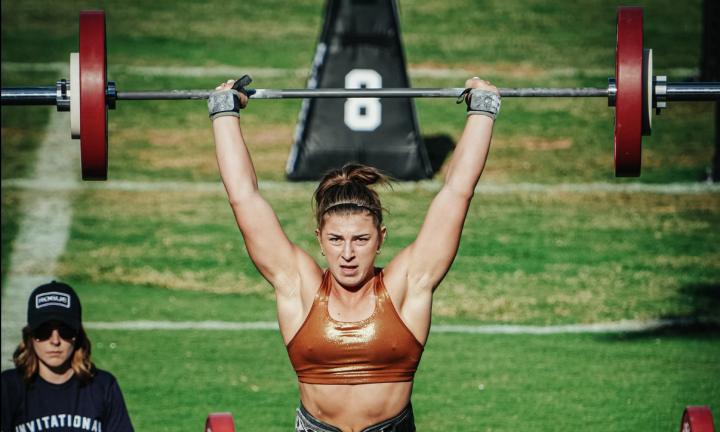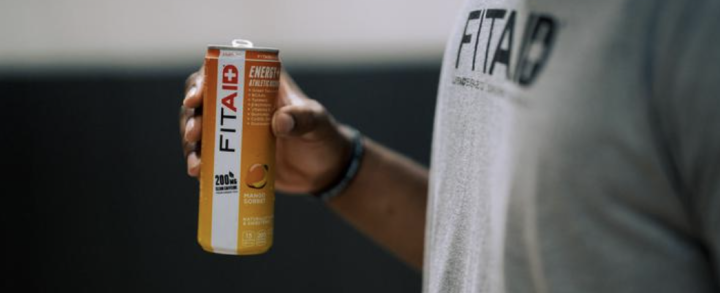Bouncing back to the Gym after an Injury:
Returning to fitness after an injury can be a difficult and frustrating process. It’s important to approach the process with care, patience and the right support, in order to successfully achieve your fitness goals.
What is the best way to start working out again after having an injury?
The best way to start working out again after an injury is to gradually progress back into physical activity. It’s important to listen to your body and avoid pushing yourself too hard, too soon. Start with light and low-impact exercises, such as walking or gentle stretching, and gradually increase the intensity and duration as you feel comfortable. It’s also important to work with a physical therapist or healthcare professional to develop a safe and effective rehabilitation plan that takes into account your specific injury and goals.

What is the science behind the importance of working out after getting injured?
Research has shown that staying active after an injury can help to reduce pain and improve physical function. Regular physical activity can also help to reduce the risk of developing chronic conditions, such as arthritis, that are associated with a sedentary lifestyle. Additionally, exercise can have a positive impact on mental health, by reducing stress and improving mood.
What is the best way to mentally prepare for working out again?
that take into account the time and effort required to recover from an injury. Celebrate your progress and focus on the benefits you’re gaining, rather than the setbacks or setbacks you may encounter along the way.
When should people start working out again after getting an injury?
The timing of starting to work out again after an injury depends on the type and severity of the injury. It’s important to follow the advice of your healthcare professional, and to only begin physical activity once you have received clearance to do so. It’s also important to progress slowly and to listen to your body, avoiding activities that cause pain or discomfort.
Inspirational Quotes to help you approach starting to work out again:
- “Success is not final, failure is not fatal: it is the courage to continue that counts.” - Winston Churchill
- “Fall seven times, stand up eight.” - Japanese Proverb
- “The greatest glory in living lies not in never falling, but in rising every time we fall.” - Nelson Mandela
- “Don’t watch the clock; do what it does. Keep going.” - Sam Levenson

Drink Smart
FITAID drinks can be a great choice for recovery and post-workout routines, as they contain no artificial sweeteners, no sucralose or aspartame or Ace-K, and have clean caffeine from green tea extract. The vitamins in FITAID, such as turmeric, glucosamine, vitamin B12 and BCAAs, help to aid muscle recovery and improve overall health. Scientific research supports the use of these ingredients for recovery and improved athletic performance.
In addition to FITAID- here are some tips and tricks and some articles that provide information on physical therapy tips and tricks to stay healthy and prevent injury during workouts:
- Warm-up properly: Before starting your workout, warm up for at least 5-10 minutes with light cardio exercises such as jogging, jumping jacks, or jumping rope.
- Strengthen core muscles: Strong core muscles help prevent injury and improve overall performance. Incorporate exercises such as planks, bridges, and bird-dogs into your workout routine.
- Stretch regularly: Regular stretching can help improve flexibility and prevent injury. Hold each stretch for 20-30 seconds and make sure to stretch both before and after your workout.
- Use proper form: Using proper form during exercises can prevent injury and help you get the most out of your workout. If you're not sure how to do an exercise correctly, ask a personal trainer or physical therapist for help.
- Focus on balance and stability: Incorporate balance and stability exercises into your workout routine, such as single-leg squats, lunges, and balance board exercises.
- Listen to your body: If you feel pain or discomfort during your workout, stop and take a break. Don't push through pain, as this can lead to injury.
- Gradually increase intensity and volume: Gradually increasing the intensity and volume of your workout can help prevent injury. Start with lighter weights and shorter workouts and gradually increase as your body adjusts.
- Cross-train: Cross-training, or incorporating a variety of exercises into your routine, can help prevent injury by reducing stress on any one area of your body.
- Get enough rest: Rest and recovery are an important part of preventing injury. Make sure to get enough sleep and take breaks when your body needs them.
- Work with a physical therapist: A physical therapist can help you create a safe and effective workout plan, teach you proper form and technique, and help you recover from injury.Articles:These articles provide information on proper warm-up techniques, ways to prevent overuse injuries, and injury-prevention exercises to add to your workout routine. Additionally, they also touch upon the importance of rest, recovery and listening to your body.
-
- "5 Physical Therapy Tips for Staying Injury-Free While Working Out" by Chelsea Bowlin, published on Healthline.com.
- "Physical Therapy Tips to Prevent Workout Injuries" by Amanda Weiss, published on Verywellfit.com
- "7 Physical Therapy Techniques to Prevent Workout Injuries" by Casey Bond, published on Shape.com
- "The Physical Therapist’s Guide to Staying Injury-Free During Workouts" by Jordan Metzl, MD, published on Runner's World
- "Expert Physical Therapy Tips for Staying Injury-Free" by Nick English, published on Breakingmuscle.com
Pro-Recovery Injuries
Here is a list of some professional athletes who have faced career-ending injuries who were able to bounce back to accomplish major
- Kobe Bryant (Basketball) - Suffered a torn Achilles in 2013 but returned to lead the Lakers to two more championships.
- Tom Brady (Football) - Suffered a torn ACL in 2008 but went on to become one of the greatest quarterbacks in NFL history.
- Serena Williams (Tennis) - Suffered a life-threatening blood clot in 2011 but returned to win multiple Grand Slam titles.
- Adrian Peterson (Football) - Suffered a torn ACL and MCL in 2011 but returned to lead the NFL in rushing yards the following season.
- Alex Rodriguez (Baseball) - Suffered a hip injury in 2009 but returned to become one of the greatest power hitters in MLB history.
- Peyton Manning (Football) - Suffered multiple neck surgeries in 2011 but returned to lead the Denver Broncos to a Super Bowl victory in 2015.
- Lindsey Vonn (Skiing) - Suffered multiple knee injuries throughout her career but went on to become one of the greatest ski racers of all time.
- Michael Jordan (Basketball) - Suffered a broken foot in 1986 but returned to lead the Chicago Bulls to six championships.
- Rafael Nadal (Tennis) - Suffered multiple knee injuries throughout his career but has continued to win Grand Slam titles and dominate the tennis world.
- Maria Sharapova (Tennis) - Suffered a shoulder injury in 2008 but returned to win multiple Grand Slam titles and become one of the greatest tennis players of all time.
In conclusion, returning to fitness after an injury takes time, patience and the right support. Focus on your goals, stay positive and celebrate your progress, and you can successfully achieve your fitness goals!!!
